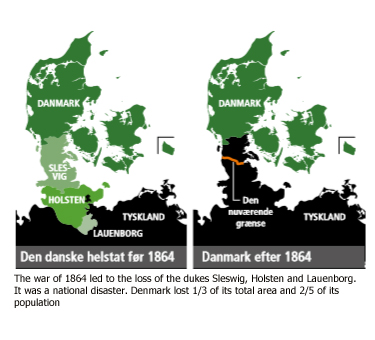The Ribe letter
Denmark stretched to the Eider since olden times, and some of the land in Southern Jutland was owned by noble families. The Holstein knights swore their loyalty to Denmark’s Christian I in the so-called Ribe Letter, dated 5 March 1460, in which they also declared that the Duchies were to remain united from that day onwards.

